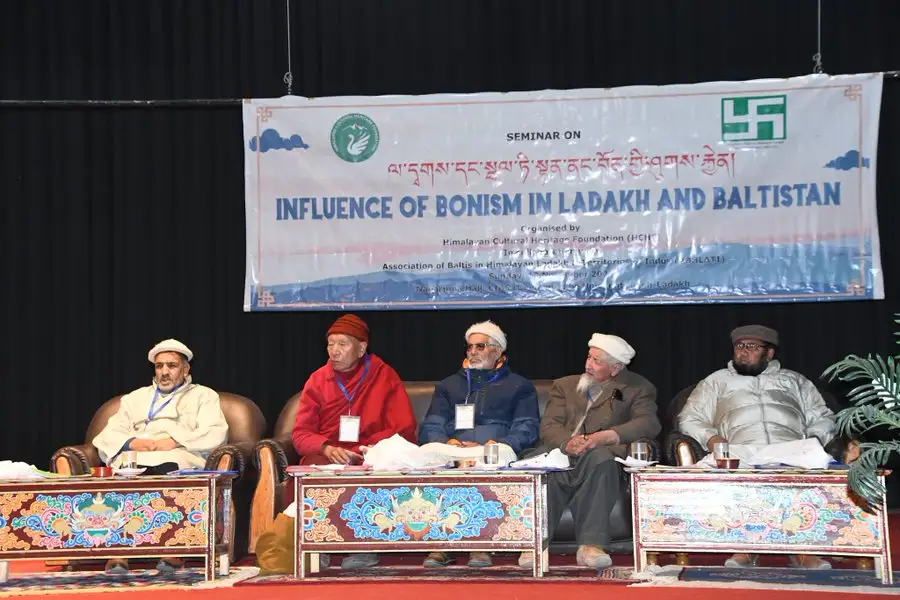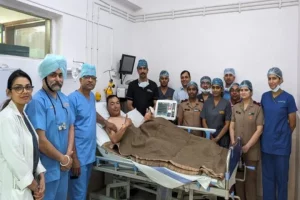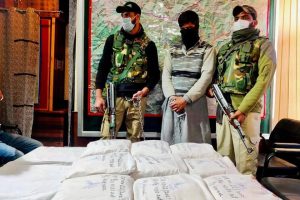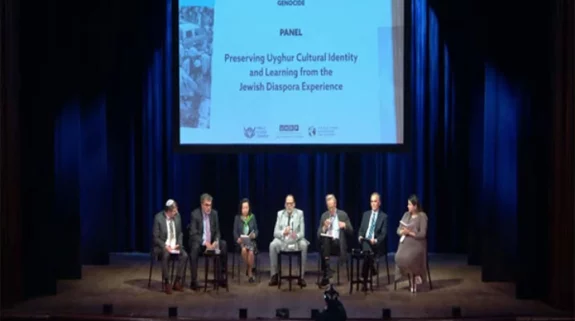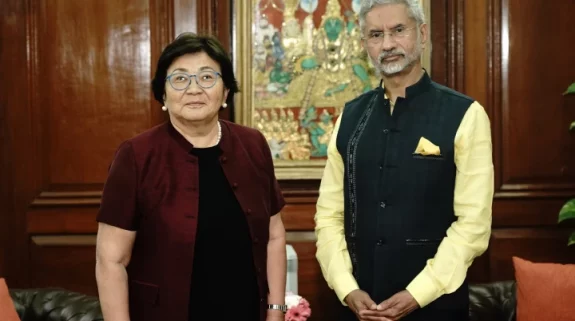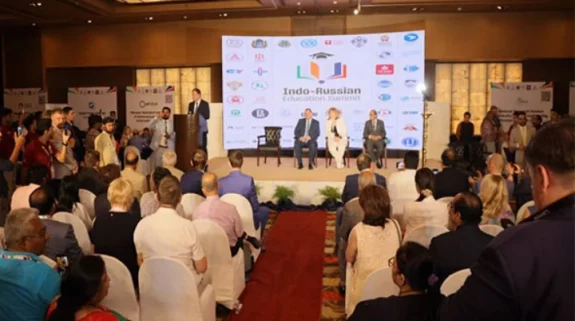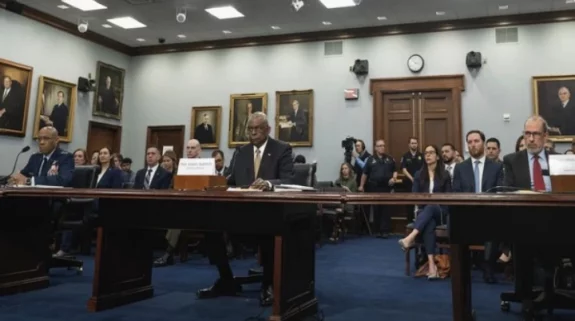The Central Institute of Buddhist Studies (CIBS) in Leh organised a seminar throwing light on the shared similarity of culture between India’s Ladakh and Baltistan under Paksitani control.
The seminar on the topic, ‘influence of Bonism in Ladakh and Baltistan’, that also had two Padma Shri awardees, discussed how Bonism was the connecting bridge between Gilgit Baltistan, Ladakh and Tibet. Bonism refers to the culture and religious traditions of Shanshung—an ancient kingdom believed to have stretched from western Tibet to Gilgit.
It is believed that Bonism was founded by Lord Tonpa Shenrab Miwoche.
I am humbled and inspired by the academic community’s genuine admiration for the uniqueness and originality of the topic and the participation of scholarly voices from various Ladakh regions in the recent conference on “Influence of Bonism in Ladakh and Baltistan,” held in Leh pic.twitter.com/WGfHtzSVRl
— Dr. Sonam Wangchok (@sonam_wangchok) November 15, 2022
The seminar was live on Facebook and there were reactions across the border. Later, prominent scholars in Pakistan took to social media in local language expressing their gratitude and love for such a unique discussion in India. WhatsApp groups of divided families were active and emotional on this seminar, where they wished more of such events should take place. During the ‘way forward’, it was stated that this seminar was a small step towards finding the roots of Ladakhi and Balti culture and language, and many such events will be organised in 2023 and subsequent years in and outside Ladakh. A committee in this regard was proposed to plan such programmes.
The secular representation of speakers from Buddhists and Muslims added flavour to the discussion. Each of the panel was a combination of experienced monks, research scholar, cultural expert, historian and/or poet. This included two Padma Shri awardees amongst them.
Tsewang Tamdin, the Dalai Lama’s personal physician, spoke about Bon culture that included “worshipping of spirits by erecting prayer flags and burning incense and throwing effigies of evil spirits could be examples of Bon influence upon Buddhism”.
Participants from Leh, Turtuk and Kargil, which included monks, scholars, historians and poets, discussed the influence of Bonism on society in a region that has been a melting pot of people, religions and cultures. Bonism soon came to influence both Buddhism and Islam.
Even though Bonism seeped into the local culture and also the religions, it did not come into conflict with the Buddhist or Islamic aspects of life in Ladakh and Baltistan. The speakers at the discussion said that these influences in fact complemented the cultural life in the region—the paintings found in Ladakh’s caves are influenced by the Bon culture and even certain words used in the local language are of Bon origin.
With a growing interest in Bonism in India, the Balti community in Pakistan also is scrutinising the evolution of its identity, where there is growing interest in the subject.
Besides the CIBS, the first of its kind of discussion was organised by the Himalayan Cultural Heritage Foundation and Balti Association Kargil.






